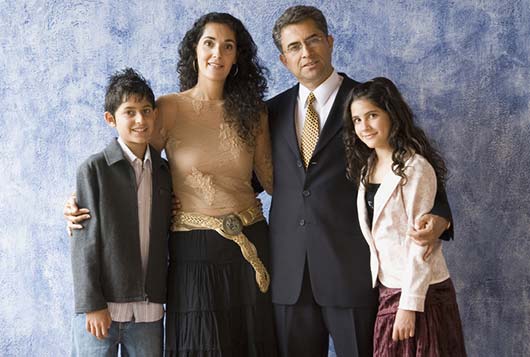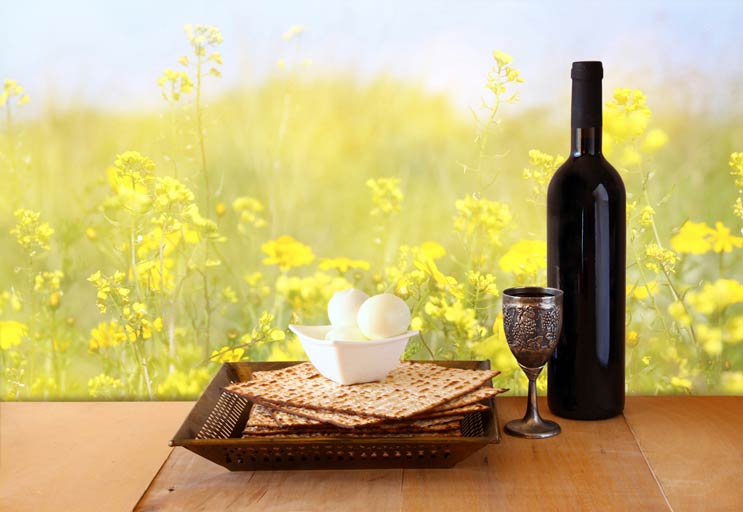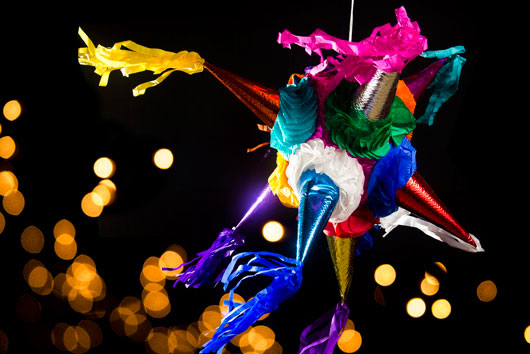
Are you thinking of throwing your own Posada? You’re not alone! December 16th marks the kick-off for Las Posadas, the nine days of festivities that lead up to Christmas in Mexico and other Latin American countries. But what exactly is a posada?
Traditionally they were religious events, first introduced by Spanish friars evangelizing to indigenous people. The posadas taught the story of Jesus’ birth in Bethlehem through song, nativity scenes and nine days of Masses. Eventually, over the course of a few hundred years, the posadas moved from the churches into people’s homes and neighborhoods. Today, the posadas have mostly become private parties that mix some religious elements with food and drinks. A piñata is a must, as are tamales, ponche and buñuelos.
If you want to throw your own Mexico-style posada, here’s a list of the elements to include. And if you don’t feel like cooking, no worries—posadas can be done potluck-style.
Posada Element #1: The Posada Song
This song, sung in Spanish in question-and-answer form, reenacts Mary and Joseph’s quest for shelter in Bethlehem. To sing the song properly, one group stands outside and sings to be let in, while a group inside answers no. The door is eventually opened amid smiles and festivities. It’s customary to hold candles or sparklers, known in Spanish as luces de bengala, while singing. The lyrics to the posada song are widely available on the Internet, or you can learn the tune by listening to a few videos.
Posada Element #2: The Piñata
The piñata is traditionally broken after the “pilgrims” are let inside. Christmas piñatas don’t resemble birthday piñatas—they have a round base and seven conical points, which originally symbolized the seven deadly sins. Whacking the piñata blindfolded symbolizes blind faith in God, and the fruit or candy that fall out are the reward for that faith, the kingdom of heaven’s riches. (Of course, you don’t have to believe in that to hit the piñata, but that’s the history.) In Mexico, the piñata is traditionally stuffed with seasonal fruit and peanuts. Some families even use money. There’s also a traditional piñata-breaking song that starts with “Dale dale dale…”
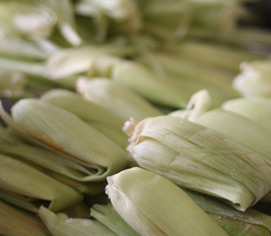 Posada Element #3: Tamales
Posada Element #3: Tamales
Tamales are the most popular holiday food in Mexico, so it makes sense that they’d be the king of the posada feast. They can be sweet or savory. If you’re making your own, feel free to be creative—you can use seasonal, dried or candied fruit, or a mix of corn pulsed in the food processor with sugar.
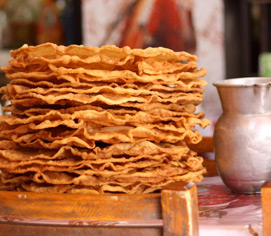 Posada Element #4: Buñuelos
Posada Element #4: Buñuelos
Buñuelos are the quintessential posada party dessert. They can be round, crispy sheets of deep-fried dough or airy, snowflake-shaped fritters. (The latter calls for a special metal buñuelo mold.) In all cases, they’re rolled in sugar or drizzled with a cinnamon sugar syrup. Using a buñuelo mold can be tricky, but you can make a simple buñuelo version at home by frying flour tortillas and rolling them in cinnamon and sugar. Or try out Muy Bueno Cookbook‘s recipe that calls for making the dough from scratch. Some Latino neighborhoods also have buñuelos for sale around Christmas time, often outside Catholic churches.
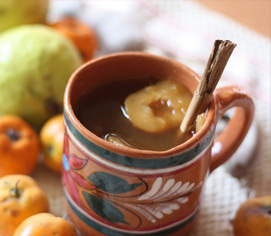 Posada Element #5: Ponche
Posada Element #5: Ponche
This sweet, warm punch is made with piloncillo, cinnamon, dried fruit, and seasonal fruits including guava and tejocote. Tejocote is a small, round, apple-like fruit that’s often available canned in Latino supermarkets. The best part of making ponche from scratch is the hour-long wait while it cooks—your house fills with an intoxicating, sweet-spicy aroma. (Seriously, you’ll want to bottle it up and save it for later.) For ponche recipes, check out the excellent Karen Hursh Graber’s version at MexConnect, or for a fancified ponche cocktail, there’s this recipe adapted from famed Los Angeles chef John Sedlar. It’s customary to add rum or brandy to ponche, known as a piquete, for an extra kick.
Enjoy!




